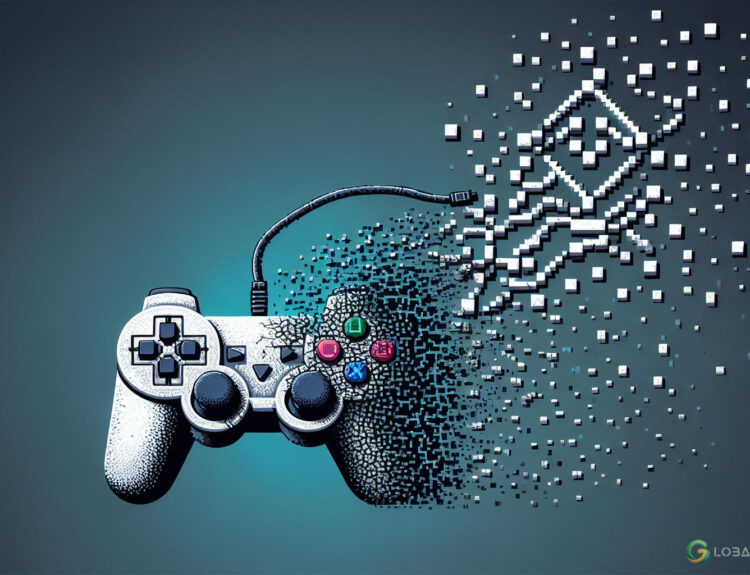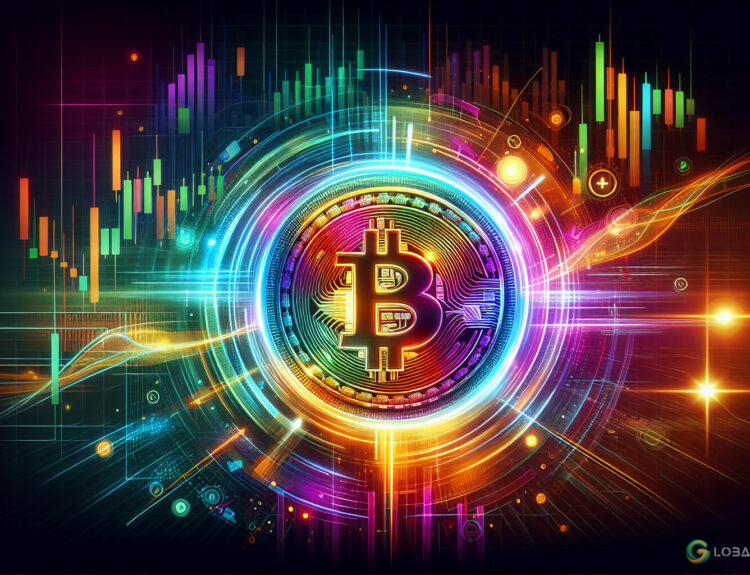In recent months, the cryptocurrency sector has been abuzz with anticipation over the impending Bitcoin halving event. We are witnessing the most accentuated pre-halving price pump ever recorded, with Bitcoin breaking all-time highs way ahead of schedule according to the 4-year cycle theory.
The surge in Bitcoin prices has had a noticeable impact on the altcoin market, particularly the web3 gaming sector. Memecoins and AI projects used to dominate the altcoin narrative, but capital is now rotating to GameFi projects. According to data from CoinMarketCap, prominent blockchain gaming projects like Gala Games, Pixels, and Floki all registered over 50% gains over the last week.
### A gamer’s dream
Gaming has experienced exponential growth over the decades, transitioning from a simple form of entertainment to one of the most lucrative industries in the world. However, playing video games for a living has been a dream exclusively reserved for successful streamers and professional gamers. Thanks to the growing web3 gaming sector, that dream is now accessible to a broader audience.
That same dream is fueling GameFi, transforming it into one of the narrative-defining trends of the current bull run. Just like in the previous cycle, retail investors will likely flock to web3 gaming projects in hopes of turning their hobbies into profitable ventures.
### Web3 gaming making a comeback
According to Footprint Analytics, web3 gaming adoption has increased 54.67% from the 2023 average, a trend that is expected to accelerate. This shift represents a massive opportunity for smaller studios to innovate and compete, potentially leading to a new era of engaging and financially rewarding games.
Sky Mavis, the studio responsible for Axie Infinity, managed to secure a $3 billion valuation at the end of 2021; what is stopping the newer blockchain gaming studios from achieving the same and rivaling established companies like Konami and CD Project Red?
### This time it’s different
One of the most heavily criticized aspects of blockchain-based games is their lack of engaging gameplay. In other words, most titles feel like a chore to play, severely lacking the element of fun present in traditional games.
Nevertheless, that complaint has been losing steam as GameFi projects have improved. While the gaming community at large is still skeptical about crypto, the advantage of owning your in-game assets through NFTs and leveraging DAOs to participate in developing games and in-game economies will be hard to ignore in the future.
### Big players are stepping in
Traditional gaming powerhouses such as Ubisoft, Square Enix, and Sony are slowly deepening their toes into the web3 gaming industry. While titles like Ubisoft’s ‘Champion Tactics’ and Square Enix’s ‘Symbiogenesis’ may seem simple and experimental in nature, they represent the first wave of blockchain-based games conceived in traditional gaming studios.
Together with Sony’s recent patent for a ‘super-fungible token,’ these ventures highlight a transition from a purely entertainment-centric model to one encompassing economic value, player ownership, and community-driven development. The pioneering steps taken by Ubisoft, Square Enix, and Sony could serve as a blueprint for other studios contemplating entry into the web3 gaming sector. Observing these giants’ successes and challenges will be crucial for smaller studios and indie developers.
### The present and the future of gaming economies
Blockchain technology, though not initially developed with gaming in mind, fits remarkably well within the gaming universe. Games traditionally build their own worlds, complete with unique currencies subject to in-game inflation as perceived by players. These universes often feature marketplaces and production mechanics mirroring real life, underpinned by player versus player (hunter) and grinding (gatherer) mechanics.
In this context, a game with its own economy doesn’t just operate in isolation; it provides the perfect environment for both defi and GameFi elements to thrive. This synergy between blockchain technology and gaming opens up new possibilities for game developers to create universes with self-contained economies where the currency has real value both inside and outside the game world.
### What to expect in the coming months
As Bitcoin continues its rally, GameFi projects are predicted to keep growing. However, certain indicators, like the risk metric, suggest the market is getting overheated and prime for a correction in the short-to-midterm.
While nothing is certain, the web3 gaming industry is expected to register the most pronounced growth after the halving. Once Bitcoin is trading sideways and its dominance begins to fall, the altcoin season will begin. Macroeconomic factors are at play, but as long as the global economy remains steady, we will have an altcoin season in the coming months. While it’s difficult to pinpoint an exact date, the Altcoin Season Index can help us navigate the market and know when retail investors will begin a shopping spree for gaming coins.
























